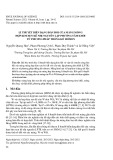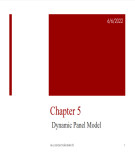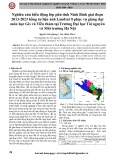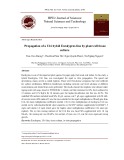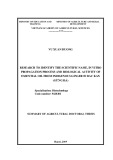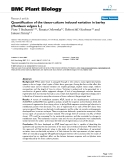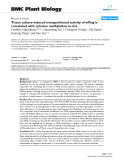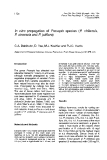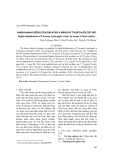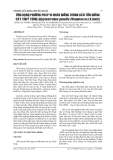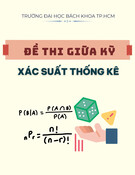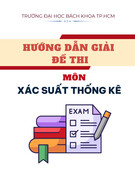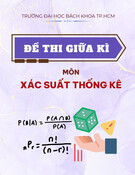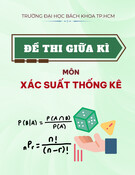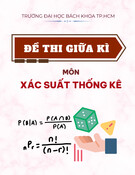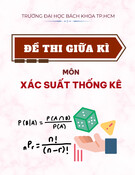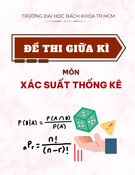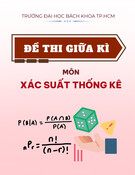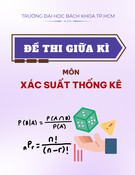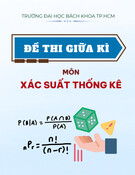
HPU2. Nat. Sci. Tech. Vol 02, issue 02 (2023), 33-40
HPU2 Journal of Sciences:
Natural Sciences and Technology
journal homepage: https://sj.hpu2.edu.vn
Article type: Research article
Received date: 26-6-2023 ; Revised date: 08-8-2023 ; Accepted date: 15-8-2023
This is licensed under the CC BY-NC-ND 4.0
Propagation of a U16 hybid Eucalyptus line by plant cell tissue
culture
Tien-Vien Duong
a,*
, Thu-Hien Phan Thi
a
, Ngoc-Quynh Pham
a
, Tat-Nghiep Nguyen
b
a
Ha Noi Pedagogical University 2, 32 Nguyen Van Linh, Phuc Yen, Vinh Phuc, Vietnam
b
Hung Thai Secondary School, Ninh Giang district, Hai Duong province
Abstract
Eucalyptus is one of the important plant species for paper pulp, fuel wood, and timber. In this study, a
hybrid Eucalyptus, U16 line, was investigated for rapid in vitro propagation. The apical and
adventitious shoots served as initial explants. These were free-disease symptoms that were collected
for surface sterilization. Different disinfectants including mercuric and Javel solutions at different
concentrations and treated times were performed. The results showed that explants were cleaned under
taping water with soap, rinsed in 70
o
EtOH for 1 minute, and then immersed in 10% Javen solution for
15 minutes and 0.1% HgCl
2
for 10 minutes gave the highest disinfection rate that was 46.5%. The
modified MS medium included basal MS, 30 g/L sucrose, and 7 g/L agar supplemented with 20 ml/L
of coconut water (MS medium*) was the most suitable for the rapid multiplication of Eucalyptus lines
U16, the shoot multiplication coefficient reached 1.56. In vitro multiplication of eucalyptus U16 was
carried out by culturing disinfected shoot segments on the MS* medium supplemented with BAP 1.5
mg/L and kinetin 1.0 mg/L which gave the highest shoot multiplication coefficient (3.24 shoot per
explant). The in vitro rooting medium of the U16 line was basal MS supplemented with 1.0 mg
NAA/L, the rooting rate was 90.49%, the number of roots was 8.3, and the roots expressed strong
growth.
Keywords:
Eucalyptus, U16 line, tissue culture, in vitro propagation
* Corresponding author, E-mail: duongtienvien@hpu2.edu.vn
https://doi.org/10.56764/hpu2.jos.2023.2.2.33-40






